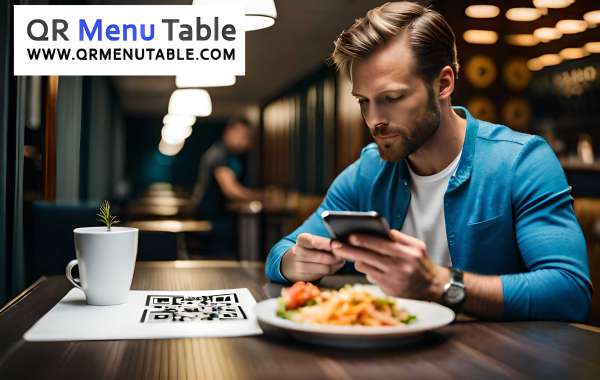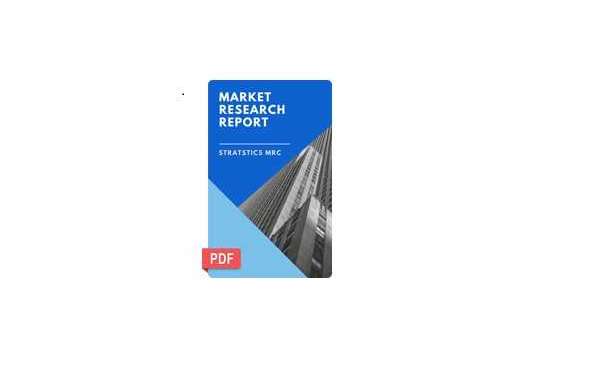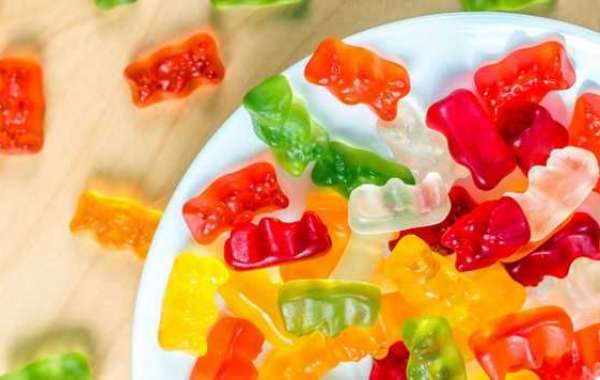The Impact of High Inflation on Businesses
Inflation is a common phenomenon that affects economies worldwide. It is essentially a rise in the prices of goods and services over time, which reduces the purchasing power of consumers and businesses.
The impact of inflation can be particularly challenging for small businesses, such as restaurants and coffee shops, that operate on thin profit margins. As the cost of ingredients and supplies increases, these businesses are forced to raise their prices or find ways to cut costs to remain profitable.
In recent years, inflation has been particularly high in many parts of the world. This has put significant pressure on businesses across industries.
The restaurant and coffee shop industries have been hit especially hard due to rising food costs, labor expenses, and other overheads. Business owners are struggling to maintain their bottom line while keeping prices affordable for customers.
Introducing QR Codes as a Cost-Effective Solution for Menu Printing
One area where restaurants and coffee shops can cut costs is menu printing. Traditional menu printing involves designing menus using expensive design software and printing them on high-quality paper using specialized printers with pricey ink cartridges. However, there is an innovative solution that helps business owners save money without sacrificing quality: QR code menus.
QR codes are matrix barcodes that can be scanned by smartphones or tablets equipped with cameras. They allow business owners to create digital menus that customers can access by scanning a QR code displayed either at their table or at the counter where they place orders.
Using QR codes as a replacement for traditional printed menus offers several benefits. First of all, it eliminates the need to constantly update printed menus when new items are added or removed from your offerings since you can easily update digital ones without additional print costs. Secondly, it helps save money since you don't have physical copies like paper, ink, designs, or labor costs needed for reprinting physical copies every time there's a change in your menu. Restaurants and coffee shops can save up to 98% of their menu printing costs, which is a significant amount of money that can be invested in other areas of the business.
The Problem with Traditional Menu Printing
Traditional menu printing methods, while effective in displaying a restaurant’s offerings, can be a significant expense for businesses. The costs associated with paper, ink, design labor, and distribution can quickly add up. With inflation putting pressure on businesses to reduce costs wherever possible, restaurants and coffee shops are looking for alternative solutions that can help them save money without sacrificing quality.
The Costs Associated with Traditional Menu Printing
Printing menus on paper requires the use of ink cartridges or toner, which must be replaced regularly. In addition to ink costs, there is also the cost of paper.
High-quality paper stocks are often preferred by restaurants to enhance their image and create a sense of luxury; however, they come at an added expense. The design and layout of menus can also incur costs for graphic designers or marketing agencies.
While these expenses may seem insignificant on their own, they add up over time. Restaurant owners who wish to update or change their menus frequently will have to pay these expenses repeatedly.
Inflation's Effect on Traditional Menu Printing Costs
Inflation puts even more pressure on businesses' bottom lines as the cost of materials and resources such as paper and ink rises due to increased demand. Businesses must also account for rising wages and operational expenses amidst inflationary pressures. As a result of inflation’s effects on traditional menu printing costs combined with other business pressures mentioned above, traditional menu printing has become more expensive than ever before at exactly the time when businesses need to cut back where possible.
Environmental Impact of Paper Waste from Constantly Updating Menus
In addition to the financial cost implications associated with traditional menu printing methods (especially in high inflationary environments), there is an environmental impact associated with the process as well. In an effort to remain competitive and offer innovative menu choices, restaurants feel the need to constantly update their menus with new offerings and promotions. This leads to a significant amount of paper waste as older menus are discarded.
The environmental impact of this waste cannot be overstated. In addition to the depletion of natural resources, paper waste can have negative effects on air quality and waterways as it decomposes.
Given the above challenges, businesses require a more effective and sustainable alternative that saves them printing costs while also reducing their environmental footprint. The solution lies in digitizing menu offerings through QR codes instead of traditional printing methods.
The Benefits of QR Code Menus
QR codes, or Quick Response codes, are two-dimensional barcodes that can be scanned by a smartphone's camera to access digital content. They were first introduced in 1994 by the Japanese company Denso Wave as a way to quickly track vehicles during manufacturing.
Since then, they have become popular in marketing and advertising as a way to provide easy access to information. For restaurants and coffee shops, QR code menus
offer several key benefits.
First and foremost, they eliminate the need for traditional paper menus, saving on printing costs and reducing paper waste. This is particularly important in the face of high inflation, when every penny counts.
By using QR code menus instead of traditional printed menus, businesses can save up to 98% on printing costs alone. In addition to cost savings, QR code menus also offer flexibility and customization options that traditional printed menus cannot match.
With just a few clicks, restaurant owners or managers can easily update their digital menu with new items or prices without having to worry about reprinting physical copies. This allows them to respond quickly to changing market conditions or customer preferences while keeping costs low.
Ease of use for customers
QR code menus are also more convenient for customers since they can access the menu from their own devices rather than having to handle physical menus that may be dirty or outdated. Customers simply scan the QR code with their phone's camera and instantly have access to all menu items, complete with descriptions, prices, photos, and any other relevant information such as ingredients or allergen warnings.
Sustainability benefits
Using QR code menus aligns with sustainability goals by reducing the paper waste associated with traditional printed menus that need regular updates due to changes such as seasonal offerings or price adjustments, which happen quite frequently in this industry. QR code menus offer a cost-effective and sustainable solution for restaurants and coffee shops looking to cut printing costs amid high inflation.
By eliminating the need for traditional paper menus and offering flexibility in menu updates, businesses can save money while also reducing their environmental impact. As more consumers become familiar with QR codes and the benefits they offer, we can expect to see increased adoption of this technology in the food service industry.
How to Implement QR Code Menus
Step-by-Step Instructions on How to Create a QR Code Menu
Creating your own QR code menu is quite simple and can be done in just a few steps. First, decide on the items you want to include in your menu and gather all the necessary information, such as names, descriptions, and prices.
Then use QR code generator software like www.qrcodemenu.com to generate a unique code for your menu item. You can also customize the design of your QR codes by adding colors or logos.
Once you have generated all the codes, print them out and place them in strategic locations throughout your restaurant or coffee shop. A good idea is to have one at each table or at the entrance for customers to scan upon arrival.
Make sure that the codes are easily visible and accessible for customers. You can also provide instructions on how to scan the code if some customers are unfamiliar with it.
Tips on Promoting the Use of QR Code Menus Among Customers
To promote the use of QR code menus among customers, offer incentives like discounts or specials when ordering by scanning their menu with their phones. You can also provide a short tutorial on how to scan the code and point out the benefits of using this option, such as being more environmentally friendly or saving money for the business.
Another tip is to make sure your employees are well-versed in using QR codes so they can assist customers who may have trouble scanning them. Train your staff on how to use different smartphones cameras, which angles work best, and how to troubleshoot common issues like poor lighting or low battery.
Assure customers that their data is safe and secure when ordering via QR codes by providing clear privacy policies and adhering to best practices for data security. This will help build trust with your customers and make them feel more comfortable using this approach.
Case Studies
The Corner Café: A Cost-Efficient Solution for a Small Business
The Corner Café, a small breakfast and lunch spot in downtown Chicago, has seen significant savings since implementing QR code menus. Prior to the switch, the café was spending upwards of $300 per month on menu printing costs.
With QR codes, they have reduced that expense by 97%, spending less than $10 per month on advertising their menu through QR codes. A vast majority of Corner Café customers have embraced the new technology with open arms.
Many customers are pleased with the convenience of accessing menus from their smartphones and appreciate not having to handle paper menus during COVID-19 concerns. As an added bonus, The Corner Café has become more environmentally friendly by eliminating paper waste.
McDonald's: A Large-Scale Implementation With Impressive Results
McDonald's is one of the most recognizable names in the fast food industry and takes its business operations seriously. In 2020, McDonald's will implement QR code menus throughout its restaurants worldwide in response to COVID-19 restrictions. According to McDonald's reports, this move saved them $32 million annually.
In addition to cost savings, McDonald's also reported increased customer satisfaction due to the sleek design and ease of use associated with digital ordering via QR codes. The international chain plans to continue using QR code menus even after pandemic-related restrictions are lifted due to their successful implementation.
Conclusion
QR-code menus present an efficient solution for restaurants and coffee shops looking to cut printing costs amid rising inflation rates. By reducing printing expenses and improving sustainability efforts through waste reduction, this technology offers a highly effective alternative method for displaying menus while providing customers with a convenient way of accessing information about food items and prices. As demonstrated by both smaller establishments like The Corner Café and larger chains such as McDonald’s, implementing QR code menus can lead to substantial savings without sacrificing quality or customer satisfaction.
With the COVID-19 pandemic continuing to impact the food industry, this technology proves especially crucial by reducing contact between customers and physical menus. Embracing QR codes presents an opportunity for businesses to operate more efficiently while making a positive environmental impact.










